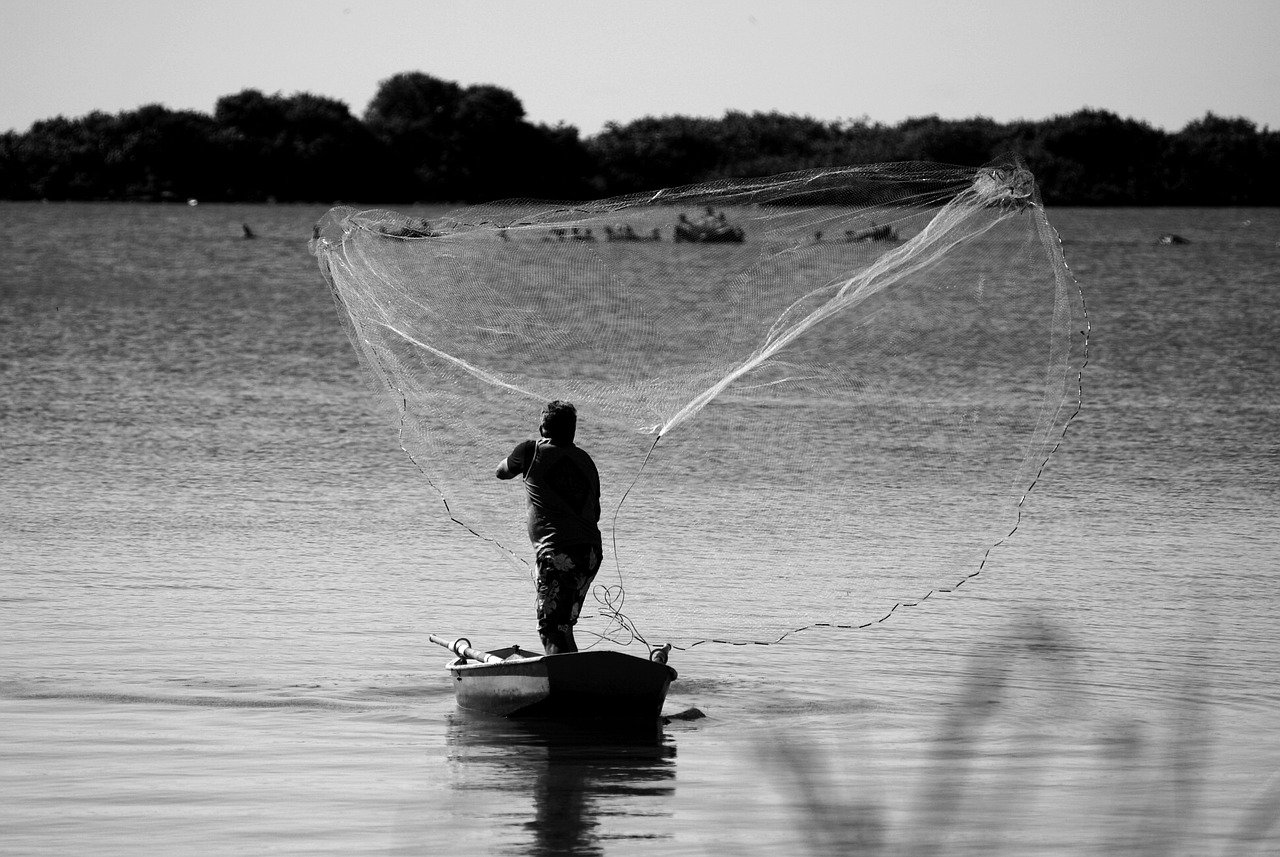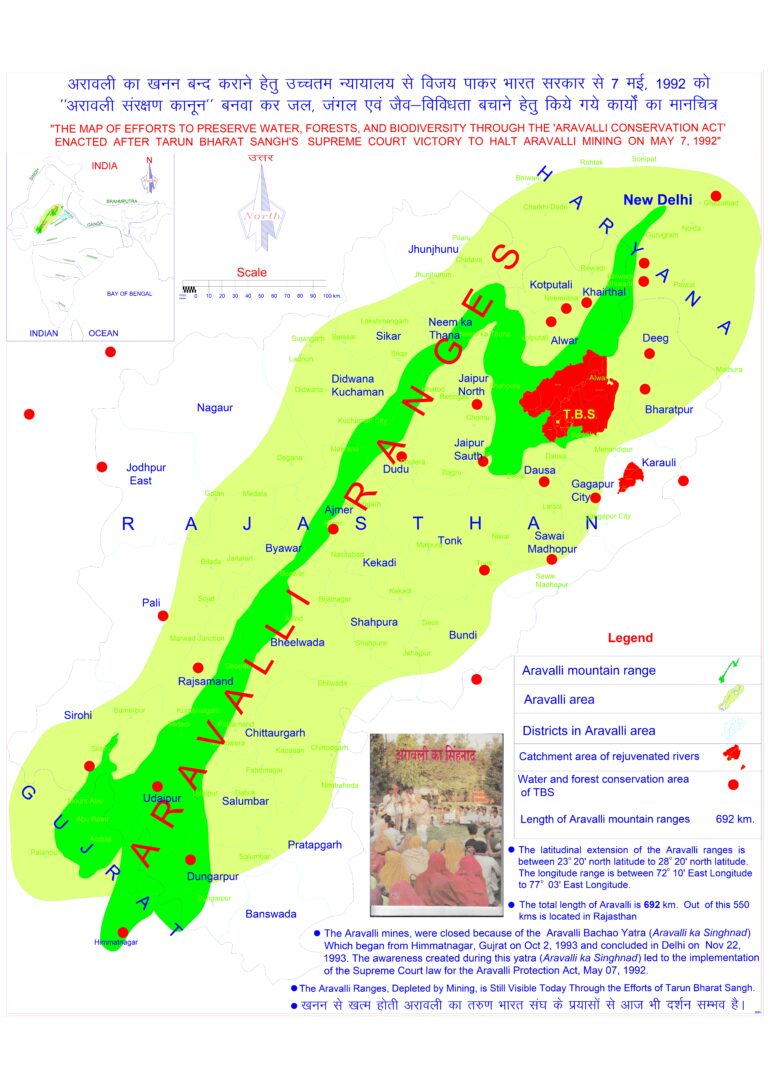
Honiara, Solomon Islands: The Food and Agriculture Organization of the United Nations (FAO) has announced a significant update to the methodology of the State of Stocks Index (SoSI) during the Honiara Summit being held in the Solomon Islands from February 24 to 27, 2025. This development represents a crucial advancement in the efficient monitoring and management of fisheries, bolstering worldwide initiatives aimed at ensuring sustainable management of ocean resources.
Besides details of the updated methodology, results from FAO Fishing Areas 71 and 81, both located in the Pacific, were presented. FAO said full results will be published later this year in a Report on the State of World Fishery Resources, to be launched at the UN Oceans Conference in Nice, France.
The 2025 Honiara Summit focuses on innovative actions to achieve Sustainable Development Goal 14: Protect and sustainably utilize oceans and marine resources. The Solomon Islands government, the Pacific Islands Forum Fisheries Agency, the FAO, and Ambassador Peter Thompson, the United Nations Special Envoy for the Ocean, are co-hosting the event.
Methodology developments
The State of Stocks Index is calculated biennially and featured in the flagship report, the State of World Fisheries and Aquaculture (SOFIA). The updated methodology offers a more accurate and thorough evaluation of stock conditions and health, utilizing a three-tier assessment framework that enhances flexibility according to the availability and quality of data across various fisheries. A notable advancement is a substantial increase in the number of evaluated stocks within each FAO Major Fishing Area, rising from around 500 to nearly 2,600, which provides detailed insights into the status and health of fishery resources on both regional and global scales.
This methodology was developed and validated through 19 workshops and consultations that involved 200 national and regional fisheries organizations and stakeholders from 92 countries. Over 650 scientists and policy analysts played a crucial role in refining and confirming the results within a collaborative environment. Furthermore, the approach has bolstered capacity in resource-limited areas by partnering with local scientists to evaluate their resources. Approved during the 36th session of the FAO Committee on Fisheries, the revised methodology will empower regional scientists and fisheries institutions to conduct more effective assessments, equipping policymakers with robust data to formulate targeted sustainability strategies at both regional and national levels.
“These methodological enhancements are part of ongoing efforts to ensure that global fisheries management decisions are informed by the best available science, balancing conservation efforts with food security needs,” Manuel Barange, FAO Assistant Director General and Director of the Fisheries and Aquaculture Division said during the summit.
Area 71, Western Central Pacific: A more accurate picture reveals urgent sustainability challenges
The Western Central Pacific is recognized as the global epicentre for artisanal and small-scale fishers, yet it presents a formidable challenge for fisheries management due to its complexity. This region encompasses the exclusive economic zones (EEZs) of 23 nations and territories and has historically struggled with data collection and stock assessments. Up until 2021, only 43 fish stocks had been evaluated, but with the introduction of a revised methodology, data from 265 stocks are now included, offering a clearer and more accurate representation of the situation. The State of Sustainability Initiative (SoSI) now estimates that only 52.5 per cent of the assessed stocks are biologically sustainable, a significant drop from 80 per cent in 2019 and 77 per cent in 2021. This decrease does not necessarily indicate a deterioration in stock health; rather, it reflects a more thorough and precise assessment process that surpasses earlier estimates.
The results underscore ongoing difficulties in critical fisheries, especially in Southeast Asia, where species like skipjack and yellowfin tuna are increasingly affected by climate change and overfishing. The analysis also points to alarming declines in small pelagic fish, coastal reef species, and sharks in the region, driven by overfishing, habitat degradation, and insufficient enforcement of regulations. The lack of reliable data further complicates effective stock assessment and management, making it essential to address these gaps to enhance data collection, governance, and sustainable fishing practices throughout the area.
Nevertheless, the Western and Central Pacific Fisheries Commission (WCPFC) has been instrumental in promoting the sustainable management of vital tuna stocks, including skipjack, yellowfin, albacore, and bigeye tuna. These species are crucial to the local tuna industry and are being sustainably managed through science-based regulations, catch limits, and monitoring initiatives, while northern Australia’s shark fisheries stand out as some of the best-managed in the region.
Area 81, Southwest Pacific fisheries: Clearer picture, stronger sustainability
In comparison to the sustainability scenario observed in Area 71, a more detailed dataset and broader stock assessments indicate a significantly more favourable sustainability outlook for Area 81, located in the Southwest Pacific. This area encompasses the exclusive economic zones of New Zealand and parts of Australia, specifically New South Wales, along with vast expanses of high seas. The revised methodology now suggests that 85.5 per cent of the evaluated stocks are being fished sustainably, a notable increase from the 75.9 per cent recorded in 2021 under the previous assessment approach. This improvement is attributed to a substantial rise in the number of stocks analyzed, with 166 stocks assessed compared to just 29 in the earlier evaluations.
Area 81 exhibits considerable variability in the status of its fish stocks. While certain species, such as blue grenadier and rock lobster, are flourishing, others, including orange roughy and striped marlin, continue to face overfishing challenges. Additionally, some fisheries, like the New Zealand scallop and pipi wedge clam, have been temporarily closed due to dwindling stock levels. As catch limits are implemented to help restore fish populations and enhance productivity, this region is emerging as a global leader in sustainable fisheries management practices.
– global bihari bureau





